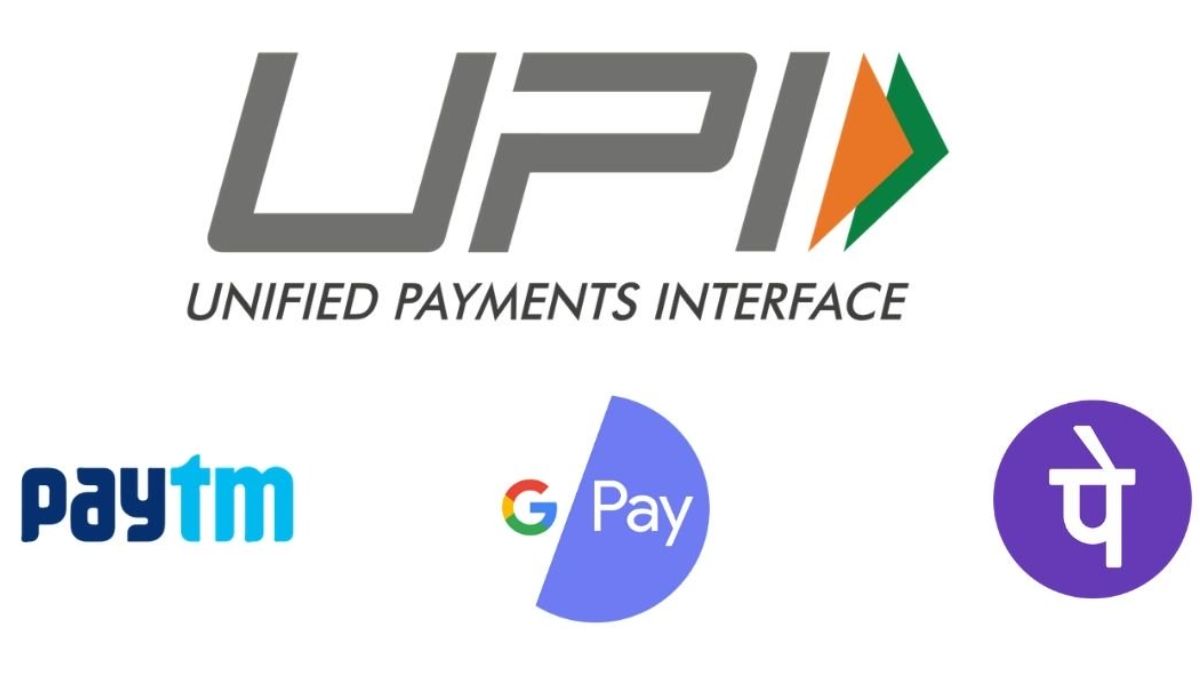UPI Rule Change From January 1, 2025: In an unprecedented move that promises to ease digital transactions across India, the Reserve Bank of India (RBI) has greenlit a game-changing adjustment for the Unified Payments Interface (UPI). Starting January 1, 2025, the transaction limit for UPI and wallet payments will see a significant rise. The RBI’s latest mandate allows users to complete transactions of up to ₹10,000 using UPI 123Pay, a leap from the previous limit of ₹5,000. However, there are a few strings attached to capitalize on this new feature. Let’s delve into what the future holds for UPI users.
Simplified Transactions, But FRA With a Caveat
Digital wallets, including the likes of PhonePe, UPI, and Paytm, will need to be KYC-compliant and linked to the user’s app for seamless functionality. Another noteworthy aspect is the introduction of an OTP-based service, reinforcing account security. Here’s the catch: transactions from wallets to external banks or other UPI accounts won’t be permitted directly. Hence, while freedom is increased, it comes with a responsibility to adhere to these set guidelines.
This shift seeks to arm users with more control and flexibility, ensuring that even without sophisticated technology or internet connectivity, everyday users can perform transactions with ease. Rural and tech-agnostic communities, rejoice! This development is especially poignant for those from regions where network connectivity can often be sketchy at best.
Increased Security with OTP Integration
The National Payments Corporation of India (NPCI) has introduced a mandatory OTP for UPI transactions. Ensuring user funds’ security is a key driver behind this decision, coming into effect from January 2025 alongside other changes. With this addition, the UPI 123Pay offers a robust package of four payment options: IVR numbers, missed calls, OEM-embedded apps, and sound-based technology. The addition of OTP will offer users added peace of mind amidst the digital jungle.
The updated security feature ensures that even as transaction limits expand, safety isn’t compromised. This is particularly comforting in an era where cyber concerns are on the rise, allowing users to embrace technological advancements without the fear of falling prey to cybercrime.
Rays of Hope for Rural Areas
One of the most promising prospects of UPI 123Pay is its capability to operate without an internet connection, a vital addition for remote areas with limited connectivity. The possibility of sending greater sums of money in a secure, hassle-free manner is a testament to technology making life simpler for the common man.
These advancements largely benefit merchants and daily wage earners who rely on smaller, frequent digital transactions. As more and more people get accustomed to these services, the greater the demand for comprehensive digital inclusion across all regions of India.
Change is the Only Constant
Historically, these changes ride on the back of previous reforms. In August 2024, the NPCI had increased the payment limit for tax payers to ₹5 lakh from the standard ₹1 lakh limit, demonstrating that adaptability is the name of the game in today’s fast-paced world.
This flexibility provided tax payers with the leverage they needed for higher-stake transactions, such as those involving education, medical expenses, and the RBI’s retail direct scheme, to name a few. The landscape is ever-evolving, reflecting the increased expectations and needs of its digitally savvy populace.
Amidst this dynamic environment, banks like HDFC and ICICI have kept limits around ₹1 lakh, while Allahabad Bank stands at a more cautious ₹25,000. The likes of Google Pay, PhonePe, and Paytm have also adjusted limits to fit into this evolving framework.
The Road Ahead
As these changes roll out, there is a palpable excitement among consumers and businesses alike. The uplifted limits are not just numbers; they represent empowerment, progress, and a leap towards a digitally inclusive India. Yet, as with any major transition, only time will tell how users adapt and what new challenges or opportunities arise in the making of India’s digital payment narrative. The path is clearly paved with ambition and promise, inviting all to walk with cautious optimism and spirited enthusiasm.













